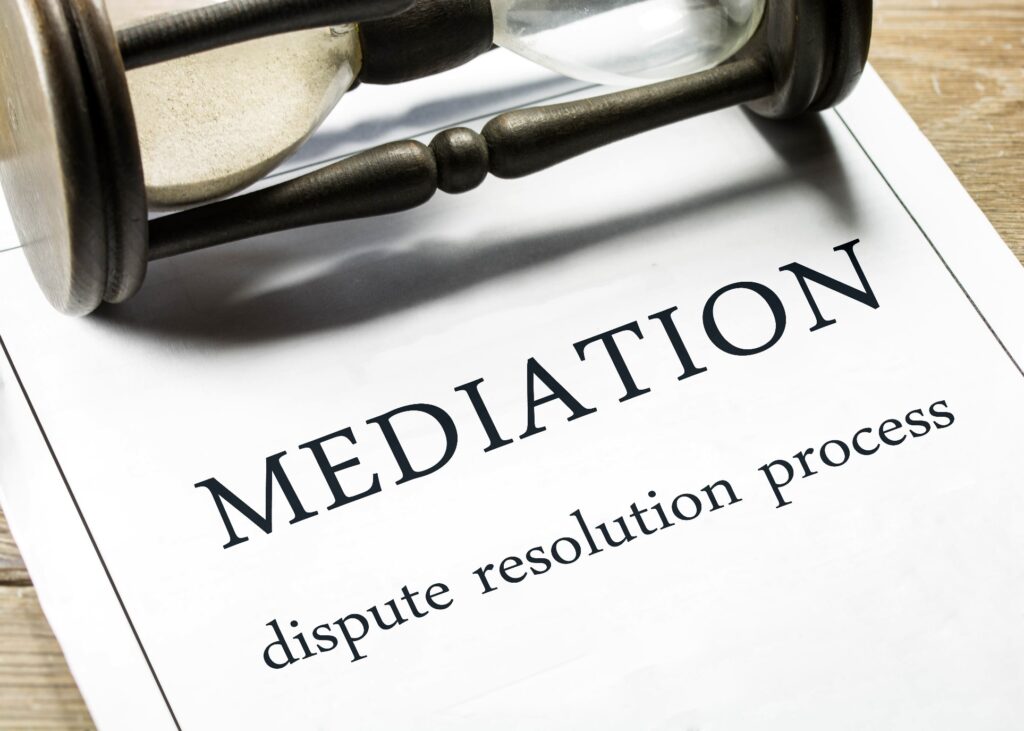
In a move to provide practical assistance to companies in the Kingdom of Saudi Arabia, currently facing problems in complying with certain ongoing obligations under the Companies Law (the Law), the Ministry of Commerce (MoC) announced that a Royal Order (the Order) was issued on 2 December 2020 which temporarily suspends the application of certain provisions of the law relating to both Joint Stock Companies (JSCs) and Limited Liability Companies (LLCs).
Whilst the Order provides relief from a number of provisions, the suspension of Article 181 of the Law (for LLCs) and Article 150 of the Law (for JSCs) provide a significant respite for companies facing financial challenges as a result of the COVID-19 Pandemic.
Whilst we eagerly await the publication of the New Companies Law (following the consultation which took place earlier this year), these measures are a sensible and practical response welcomed by both investors and companies in the Kingdom outlining a practical approach as to how to deal with certain corporate governance issues over this period.
The Order made the following changes:
| Article of the Law | Area of Concern | Effect of suspension |
| LLCs | ||
| 167(2) | Annual General Meetings (AGM) | An LLC must hold its AGM within 12 months following the LLC’s end of financial year, rather than 4 months. (suspension expires on 31 December 2020) |
| 175(2) | Auditors’ Report | Filing of the auditors’ report, financial statements, business report, dividend recommendation and the report of the supervisory board (if applicable) is now to occur within 12 months following the LLC’s end of financial year, rather than 1 month. (suspension expires on 31 December 2020) |
| 168(1) | Written Resolution | Permitting shareholders if there are more than 20 shareholders to make decisions separately by way of a written resolution. This is possible if the General Manager or directors of the LLC use registered mail when communicating in relation to such resolution. (suspension expires on 22 October 2021) |
| 181 | Losses of the LLC having reached 50% of the share capital | |
| 181(1) | Losses of the LLC above 50% | The GM or board of the LLC must invite the shareholders to meet and decide to continue or to dissolve the LLC within 180 days (rather than 90 days) from the date of the directors’ knowledge of the losses of the LLC reaching 50% of its share capital. (suspension expires on 4 March 2022) |
| 181(3) | Automatic dissolution of the LLC | The LLC shall not automatically dissolve (by operation of law) if the shareholders do not meet or pass a resolution to continue or dissolve the LLC, if the directors:
(suspension expires on 3 March 2022) |
| 166 | Appointment of Auditors | Allowing the re-appointment of the company’s auditors (who has been appointed for a period of 5 consecutive years) for an additional period not exceeding 2 years, provided that:
(suspension expires on 4 March 2022) |
| JSCs
|
||
| 150 |
Losses of the JSC having reached 50% of the share capital |
|
| 150(1) | (when to hold the Extraordinary General Meeting (EGM) of shareholders of the JSC) | The board of a JSC must call an EGM to decide to either (i) increase or decrease the JSCs share capital, or (ii) dissolve the JSC within 60 days (rather than 45 days) from the date of the board’s knowledge of the losses of the JSC reaching 50% of its share capital.
The EGM must be held within 180 days from the board’s knowledge of the losses. (suspension expires on 4 March 2022) |
| 150(2) | Automatic dissolution of the JSC for non-compliance by the shareholders | The unlisted JSC shall not automatically dissolve if the shareholders do not meet or pass a resolution to support or fund or dissolve the JSC, if the Chairman of the Board of Directors complies with the following:
(suspension expires on 3 March 2022) |
|
133(1) |
Appointment of Auditors |
Allowing the re-appointment of the company’s auditors (who has been appointed for a period of 5 consecutive years) for an additional period not exceeding 2 years, provided that:
(suspension expires on 4 March 2022) |
If you have any questions or wish to discuss any of the above, please contact Rakesh Bassi (rakesh.bassi@13.233.247.59) or one of our Saudi Arabia based team.
About the Authors:
Rakesh Bassi is a Partner in the Corporate Commercial department at Hammad & Al-Mehdar Law Firm specializing in M&A, JV, merger control, capital markets and restructurings, as well as complex Go To Market strategies in KSA.
Ebaa Tounesi is an Associate and part of the Corporate and Intellectual Property team in Hammad & Al-Mehdar Law Firm.
About the Hammad & Al-Mehdar:
We are a full service leading law firm in Saudi Arabia (Riyadh, Khobar and Jeddah) and Dubai that offers international-standard corporate legal services. Our Corporate department provides innovative solutions to assist you in with all your corporate legal needs.









